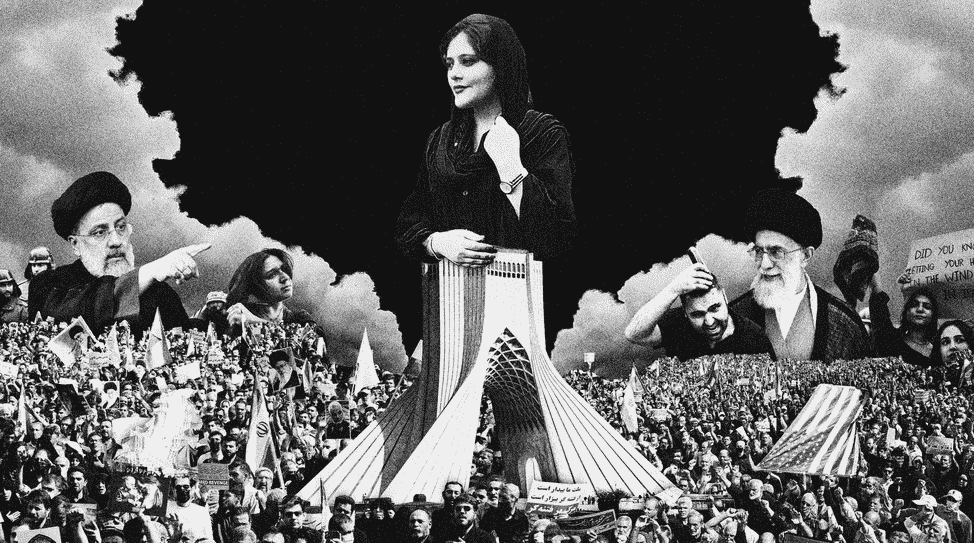
For Iran’s protesters, the fight for women’s freedom of choice is now synonymous with a desire to end the rule of the ayatollahs.
No one can predict how a revolution starts. Nor can anyone know when one injustice will be what causes a people’s fury to overcome their fear. In 2011, in Tunisia, a street vendor, Mohamed Bouazizi, sparked an uprising by setting himself on fire. In 2022, in Iran, the death in police custody of a 22-year-old woman, Mahsa Amini, has brought Iranians onto the streets in every corner of the country.
Amini and her brother had traveled from Saqqez, a city in Iran’s Kurdistan Province, to visit relatives in the capital, Tehran, when, on September 13, the so-called morality police arrested her for improperly wearing her hijab, or headscarf. Three days later, she was declared dead. The authorities claim she died of cardiac arrest. According to a U.K.-based independent Iranian news site, the CT scans of her skull showed signs of fractures.
